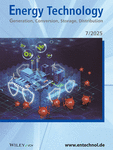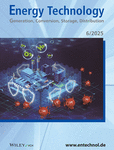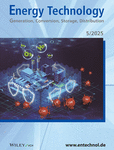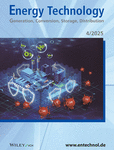Editor-in-Chief: Sai Kishore Ravi, Associate Editors: Jun Liu, Simone Mascotto
Energy Technology is an applied energy journal that provides an interdisciplinary forum for researchers and engineers to share important progress in energy research.
We publish articles from all perspectives on technical aspects of energy process engineering, covering the generation, conversion, storage, and distribution of energy.
Journal Metrics
- 6.5CiteScore
- 3.6Journal Impact Factor
- 18%Acceptance rate
- 11 days Submission to first decision
Articles
The Dynamics of the Structure of Composite Electrodes during their Operation in Lithium‐Ion Batteries
- 18 July 2025
Graphical Abstract
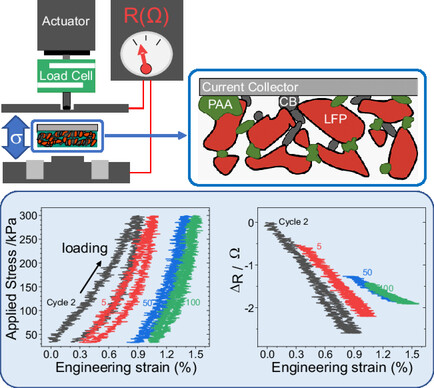
Composite battery electrodes undergo structural changes during cycling, driven by internal mechanical stresses. The binder material has a key role in controlling the dynamics of the rearrangement of electrode particles. These changes affect the mechanical behavior and electrical resistance of electrodes, and impact the performance of cells during operation.
Hydrogen Leakage Simulation and Optimization of Sensor Layout for Hydrogen Supply Systems in Fuel Cell Truck
- 18 July 2025
Graphical Abstract
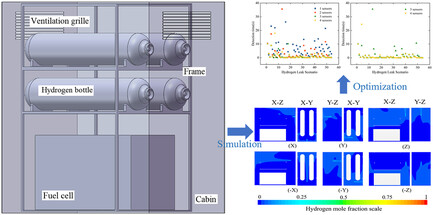
This study conducts hydrogen leakage simulation and sensor layout optimization for the fuel cell truck's hydrogen supply system. The influence of leak location, leak hole diameter, and leak direction on hydrogen diffusion and detection is investigated in detail. Furthermore, based on the numerical simulation results, the sensor layout is optimized using the nondominated sorting genetic algorithm II algorithm.
Oxygen‐Enriched Porous Carbon Derived from Biomass Waste for Supercapacitors with High Electrochemical Performances
- 18 July 2025
Graphical Abstract
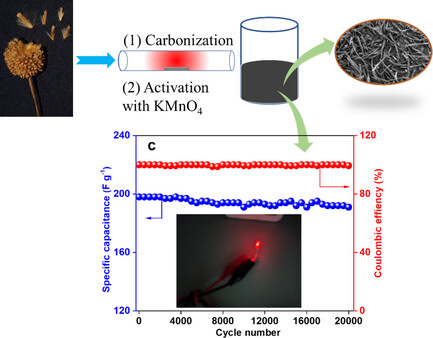
Oxygen-enriched porous carbon is derived from Platanus fibers via a carbonization and activation process using KMnO4 as activator. The obtained porous carbon possesses high oxygen content and shows tube-like hollow structures. Furthermore, the porous carbon as the electrode materials for supercapacitors shows good electrochemical performances.
Solvent‐Free Manufacturing of Lithium Iron Phosphate Cathodes via Binder Fibrillation for Li‐Ion Batteries
- 18 July 2025
Graphical Abstract
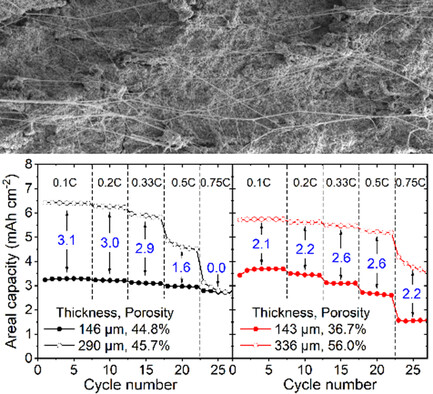
By balancing the electrode thickness and porosity effects on C-rate performance of dry-coated lithium iron phosphate cathodes, the areal capacities of ≈300 μm-thick electrodes are uniformly increased across a C-rate range by 2.0–2.6 mAh cm−2 from ≈150 μm-thick electrodes, indicating the promising future of using thick dry electrodes for higher C-rate applications.
Ion Migration‐Induced Capacity Evolution in Iron–Chromium Redox Flow Batteries during Cycling
- 18 July 2025
Graphical Abstract
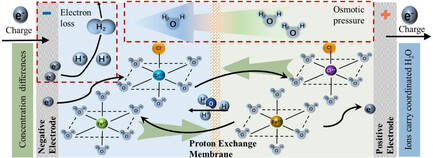
This study on iron–chromium redox flow batteries reveals that ion migration, propelled by potential differences, concentration gradients, and osmotic pressure, enriches iron ions in the positive electrolyte and chromium ions in the negative one. Along with water migration, these factors impact performance and can be harnessed to boost capacity and cut initial costs by 2%.
The following is a list of the most cited articles based on citations published in the last three years, according to CrossRef.
Carbon Capture and Utilization Update
- 834-849
- 23 January 2017
Graphical Abstract

Catch and release: A short overview of recent advancements in the fields of CO2 capture and utilization is given in this review. More specifically, we summarize the main challenges associated with the design, development, and large-scale deployment of CO2 capture and utilization processes with respect to efficiency and economy to provide a perspective and roadmap for the development of new technologies and opportunities to accelerate their scale-up in the near future.
Sustainion Imidazolium‐Functionalized Polymers for Carbon Dioxide Electrolysis
- 929-936
- 19 December 2016
Graphical Abstract
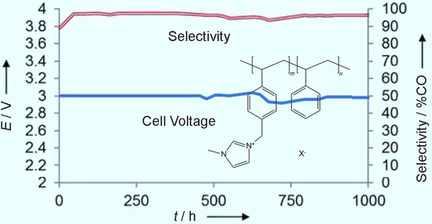
Membrane power: A new anion-exchange polymer called Sustainion is described that acts as a co-catalyst for CO2 reduction. The performance of the polymer is tested under a variety of conditions and compared to the performance of commercially available polymers. We achieve far higher rates and selectivities. Further enhancements are also explored.
A Critical Review on Hemicellulose Pyrolysis
- 52-79
- 2 August 2016
Graphical Abstract
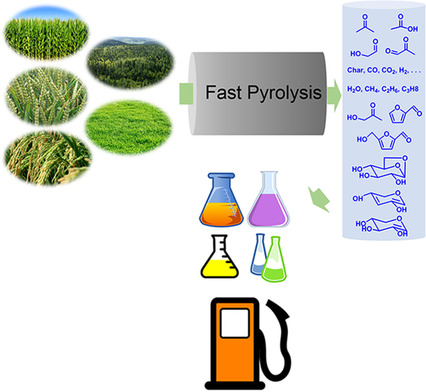
Go green, biomass to biofuels: Fast pyrolysis is a promising thermochemical technology that breaks down renewable and abundant lignocellulosic biomass into a primary liquid product in seconds, which can be catalytically upgraded into transportation fuels and multiple commodity chemicals. Here we review the status of pyrolysis of hemicellulose, which is one of the three major components of lignocellulosic biomass. Recent results and challenges as well as future prospects are addressed.
Recent Progress in Electrocatalytic Glycerol Oxidation
- 1 December 2020
Graphical Abstract
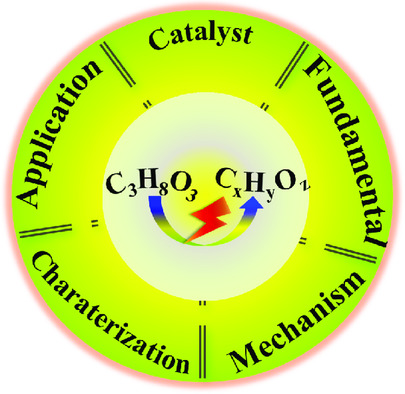
The present review focuses on summarizing the recent progress of electrolytic glycerol oxidation, aiming to provide an overview on fundamentals, reaction mechanisms, application in fuel cells and electrolyzers, and electrocatalysts development regarding the topic of glycerol oxidation reaction (GOR).
Separators for Lithium‐Ion Batteries: A Review on the Production Processes and Recent Developments
- 453-468
- 20 April 2015
Graphical Abstract

Making separators: Production methods, highlighting the large-scale manufacturing of separators for lithium-ion batteries as well as the recent progress on this field are reviewed. The emerging high power and high energy applications in lithium-ion batteries, such as hybrid electrical vehicles, can be served by using nonwoven, microporous, composite and gel-polymer electrolyte separators targeting enhanced battery performance and safety.
Latest news
Recent issues
- Volume 13, Issue 7July 2025
- Volume 13, Issue 6June 2025
- Volume 13, Issue 5May 2025
- Volume 13, Issue 4April 2025



